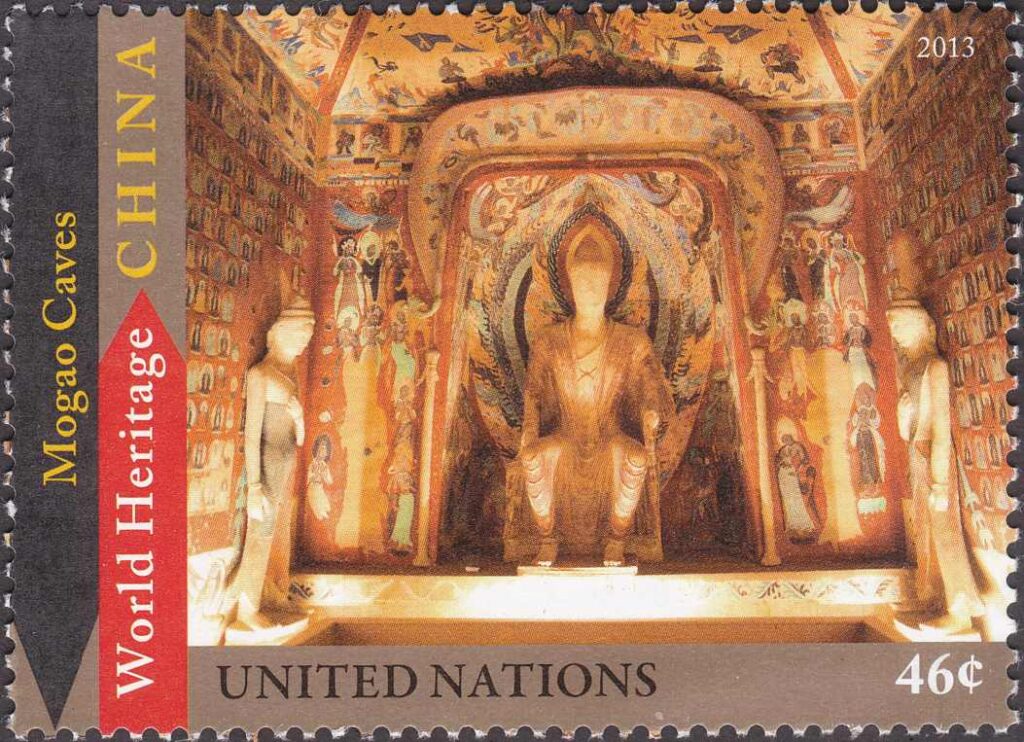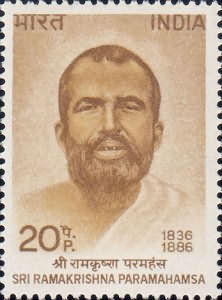
A disciple asked his teacher, “Sir, please tell me how I can see God.”
“Come with me,” said the Guru, “and I shall show you.”
He took the disciple to a lake, and both of them got into the water. Suddenly, the teacher pressed the disciple’s head under the water. After a few moments, he released him and the disciple, thoroughly shaken, raised his head and stood up.
The Guru asked him, “How did you feel?”
The disciple said, “Oh God! I thought I would die; I was struggling to breathe.”
The teacher said, “When you feel like that for God, then you will know him.”
– Tales and Parables of Sri Ramakrishna Paramhans

Ramakrishna Paramhans (1836-1886) was an Indian Hindu mystic whose parable-based teachings espoused the ultimate unity of diverse religions as being means to enable the realisation of the same God. After his demise, his chief disciple Swami Vivekananda popularised his ideas and founded the Ramakrishna Order, which provides spiritual training for monastics and householder devotees, and the Ramakrishna Mission which provides charity, social work and education.
Image above: A postage stamp issued by the United Nations in 2013 features the Sitting Buddha in Mogao Caves, a UNESCO World Heritage in China. The Mogao Caves, also known as the Caves of the Thousand Buddhas, form a system of 500 temples in Gansu province. The caves contain some of the finest examples of Buddhist art spanning a period of 1,000 years. The first caves were dug out in AD 366 as places of Buddhist meditation and worship. The Mogao Caves are the best known of the Chinese Buddhist grottoes and, along with Longmen Grottoes and Yungang Grottoes, are one of the three famous ancient Buddhist sculptural sites of China. Courtesy https://www.buddhiststamp.com/
